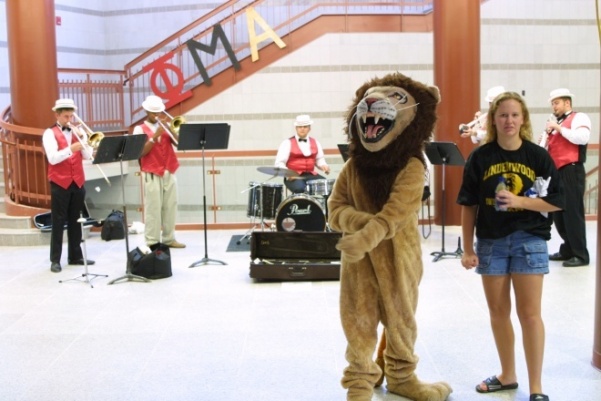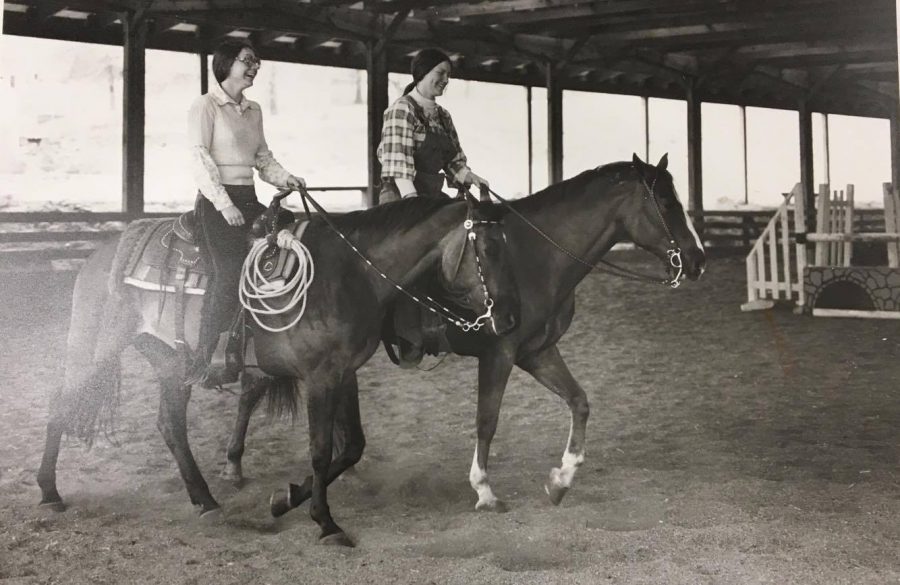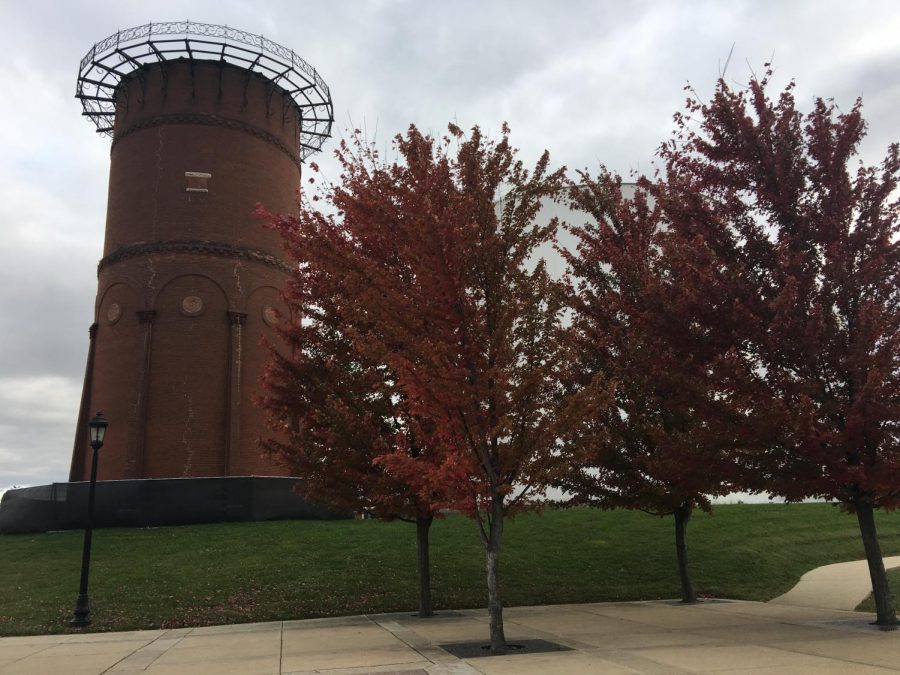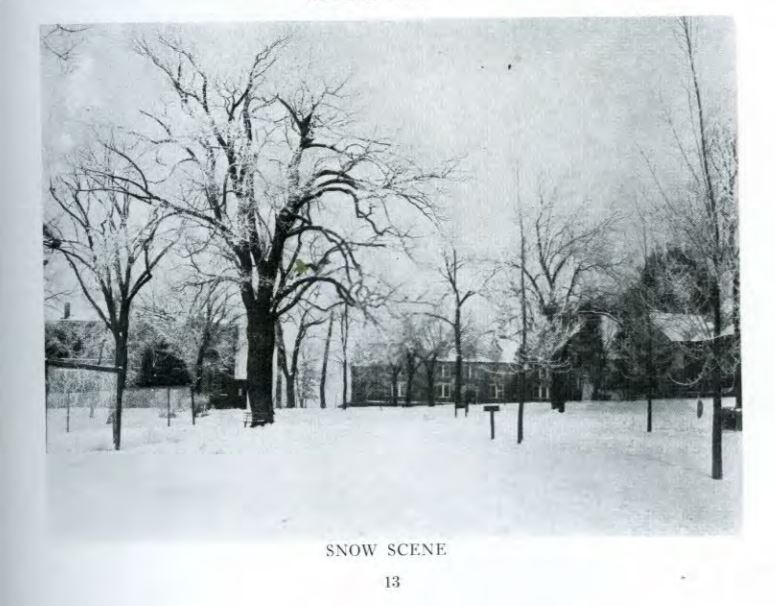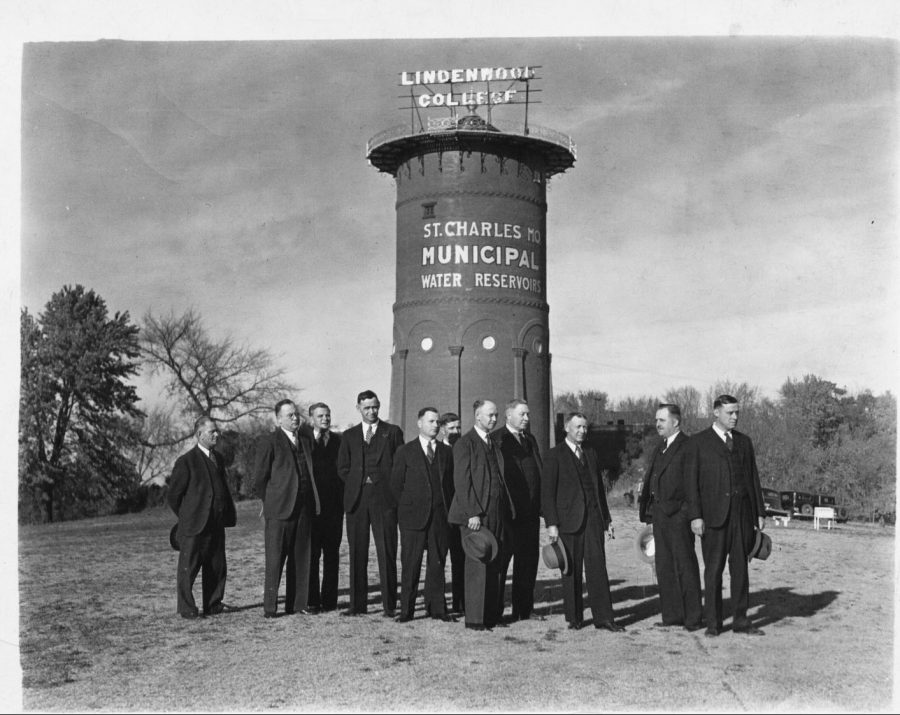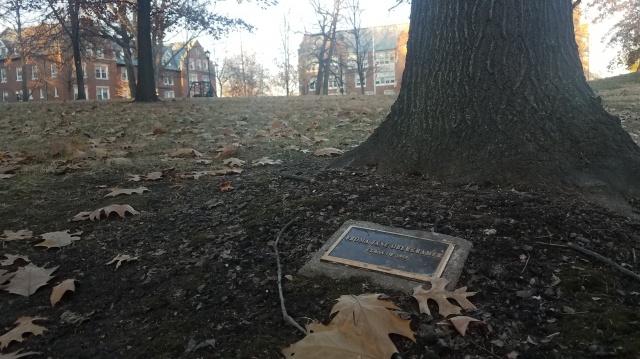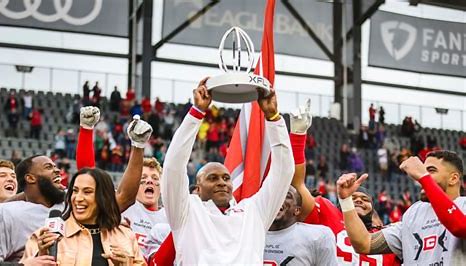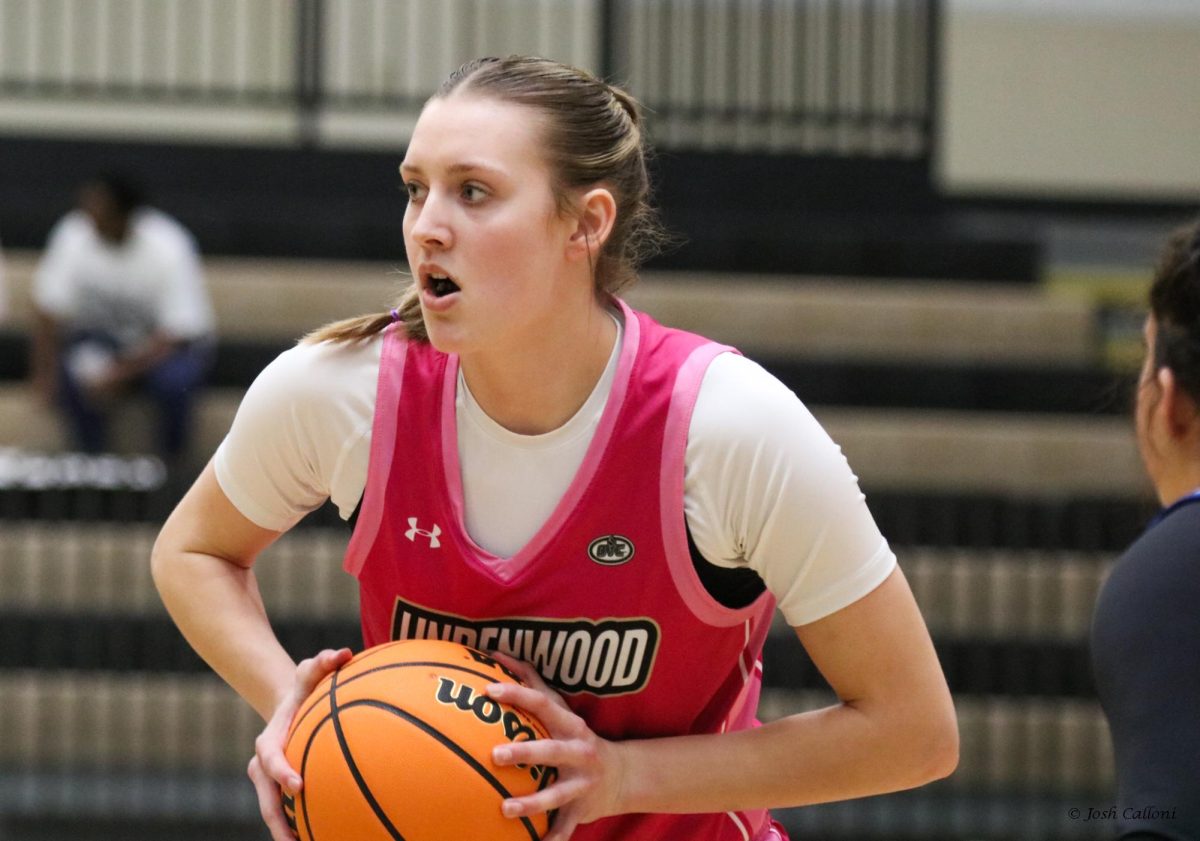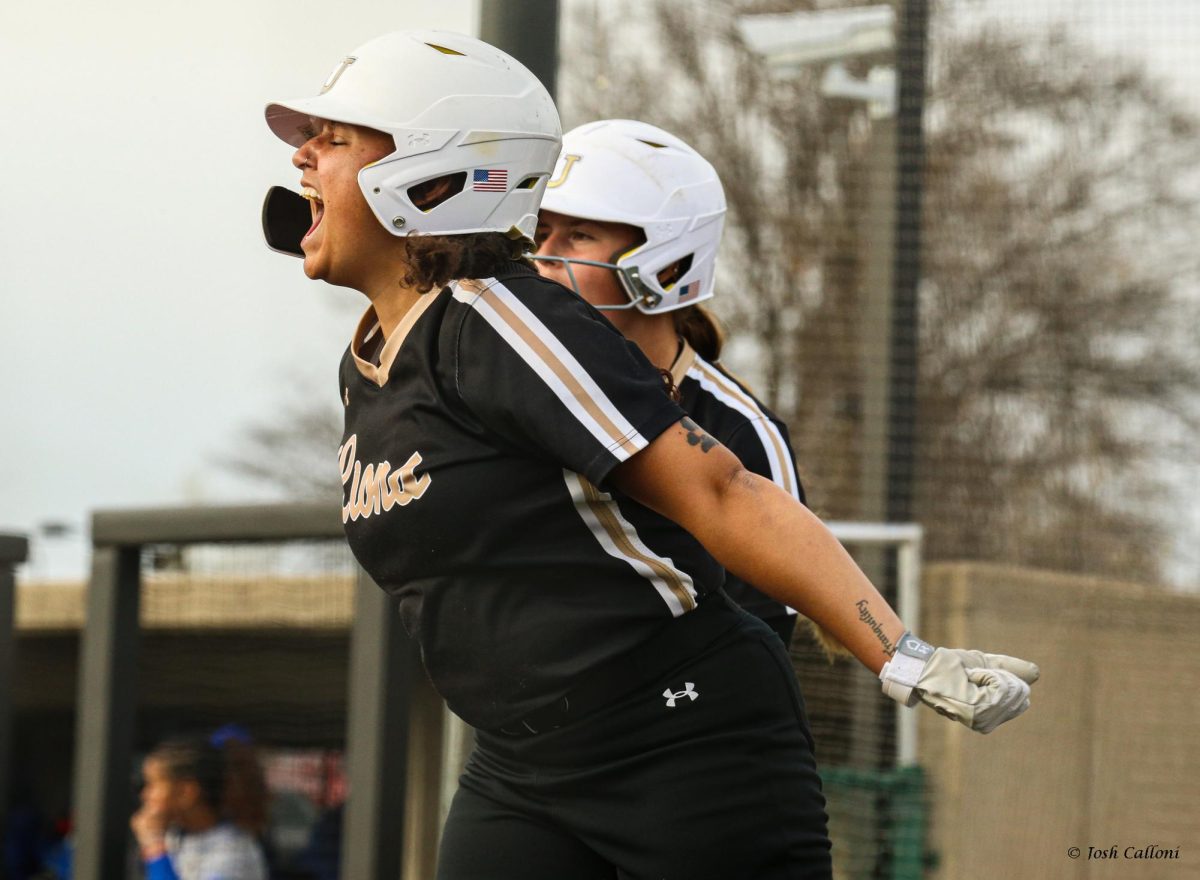MATT HAMPTON | Sports Editor
This is the final part of a series about the evolution of athletics at Lindenwood, from the early years to present day.
Lindenwood became co-ed in 1968, which lead to its first men’s teams, and many staples of the Lions were pioneered in the following decades. In 1989, Lindenwood suffered from decades of serious enrollment and financial problems.
That year, Dennis Spellmann was hired as president to bring Lindenwood back from the brink. Under his administration, enrollment quadrupled. Known as a lover of sports, Spellmann significantly expanded athletics and upgraded sports facilities.
The Spellmann years and beyond (1989-present)
University Archivist Paul Huffman said Spellmann used athletics as part of a solution to Lindenwood College’s enrollment problems.
“Spellmann was very into sports, but his goal was to increase the number of athletic teams on campus, so that we could have more resident students that would in turn bring in additional revenue,” he said.
The new talent also made Lindenwood a titan in the National Association of Intercollegiate Athletics. During its 15 years in the Heart of America Athletic Conference, Lindenwood won 128 conference titles, the most in NAIA history, and 10 national titles, according to the Lindenwood athletics website.
Huffman said Lindenwood’s success in the NAIA lead it to consider joining the National Collegiate Athletic Association, but administrators decided the school needed more time to grow and stabilize.
As part of Spellmann’s strategy, Lindenwood chose a very large recruiting class for its first football team in 1989, Huffman said. In its first season, when it was a club sport, the team tallied a 7-0 record.
Spellmann’s first year as president also saw the founding of track and field and cross country teams, and the restarting of baseball, which had been terminated a few years before.
In 1990-91, Lindenwood rebooted women’s volleyball and men’s wrestling. Men’s golf started in 1991-92 and women’s golf started in 1994-95.

Photo from the Mary E. Ambler Archives.
Butler Hall’s 20 foot by 40 foot Warner Pool, which closed in 2016, was where Craig Penrose created the swimming and diving teams in 1990. This was the start of Lindenwood’s aquatics program, which grew to include water polo and synchronized swimming. Under Penrose, who was head coach from 1999 to 2012, the swimming and diving teams won 20 individual national championships, according to the athletics website.
But Lindenwood’s first national title came from the men’s indoor track team, who won the 1998 championship in a close meet.
Under Spellmann, the Robert F. Hyland Performance Arena was also built.
Besides being the regional vice president at CBS and general manager of KMOX radio, Robert Hyland was chair of Lindenwood’s board of directors for many years. At Lindenwood, Hyland pushed for the building of a multipurpose arena on campus. However, he would never see the arena which bears his name. Construction started after his death in 1992 and finished in 1996.
In 1999-2000, Lindenwood saw the creation of bowling, men’s volleyball, and field hockey was restarted. Also, Mark Abney, then a junior, approached Spellmann about starting the roller hockey team, which would win 10 national championships, according to the Legacy student magazine.
In 2003, Abney helped start the first men’s and women’s ice hockey teams. The university bought an ice arena in Wentzville, Missouri in 2004, and it became the home of Lions hockey.
The Lou Brock Sports Complex, Lindenwood’s baseball stadium, was completed in 2006. It was named after the Hall of Fame St. Louis Cardinals left fielder, whose wife, the Rev. Jackie Brock, was on the Lindenwood board.

Photo from the Mary E. Ambler Archives.
The Spellmann era also saw the creation of lacrosse and shotgun sports teams at Lindenwood. When he died in August 2006, Lindenwood had over 30 sports, compared to seven when he took office.
For his revolutionary contribution to the athletic program, Spellmann became the first inductee of the Lindenwood Sports Hall of Fame in 2007.
Dr. James Evans succeeded Spellmann and continued to invest in Lindenwood sports. The university began the process of joining the NCAA in 2010, decades after it was first proposed. In 2013, it became a full member of the Mid-America Intercollegiate Athletic Association in Division II.
Evans also built athletic buildings on campus, including the Student-Athlete Center and tennis courts in 2012.
In 2012, Lindenwood started its 27th NCAA team, gymnastics, which has won both of the university’s NCAA national titles, according to the athletics website. In the past decade, Lindenwood also founded many new student life sports: women’s wrestling, table tennis (which ended this year), synchronized swimming, synchronized skating (cut in 2017), Olympic weightlifting, rugby, billiards, chess, debate (cut in 2016), and cycling.
With one of the largest athletic departments in the country, Lindenwood continues to look to the future in sports facilities. Next fall, ice hockey plans to move to a new facility in Maryland Heights, which will be much closer than the Wentzville arena.
In July 2019, DII teams will move from MIAA to the Great Lakes Valley Conference.
Paul Boschert, a baseball and basketball player from the class of 1981, still keeps up with the Lions, which have grown to a new level since his time at Lindenwood.
“It’s just kind of neat to know that I was probably part of a program that was the foundation of what you see today, so it’s just incredible how far it’s come in that 40 year period,” he said.
–
Lindenwood, founded as the oldest women’s college west of the Mississippi, has had a rich and unique past. This is the eleventh article of Lindenwood Then and Now, a series about the school’s history. The previous installment, “Men laid new foundation for Lions,” covered the history of Lindenwood sports after the college admitted men.



